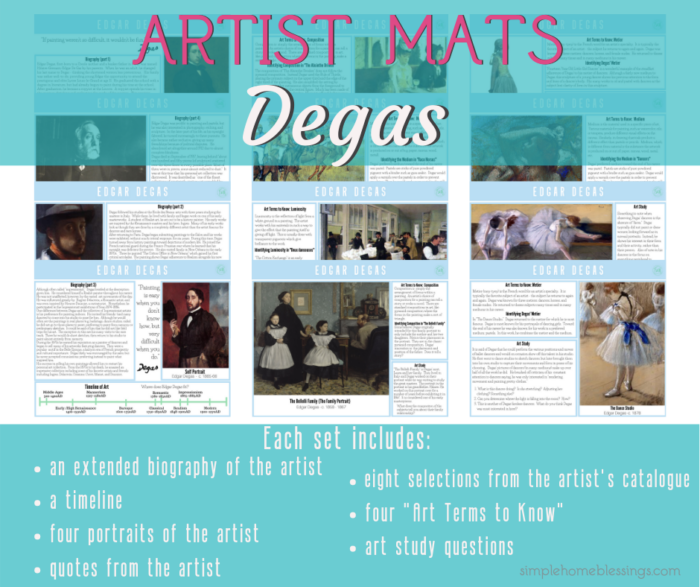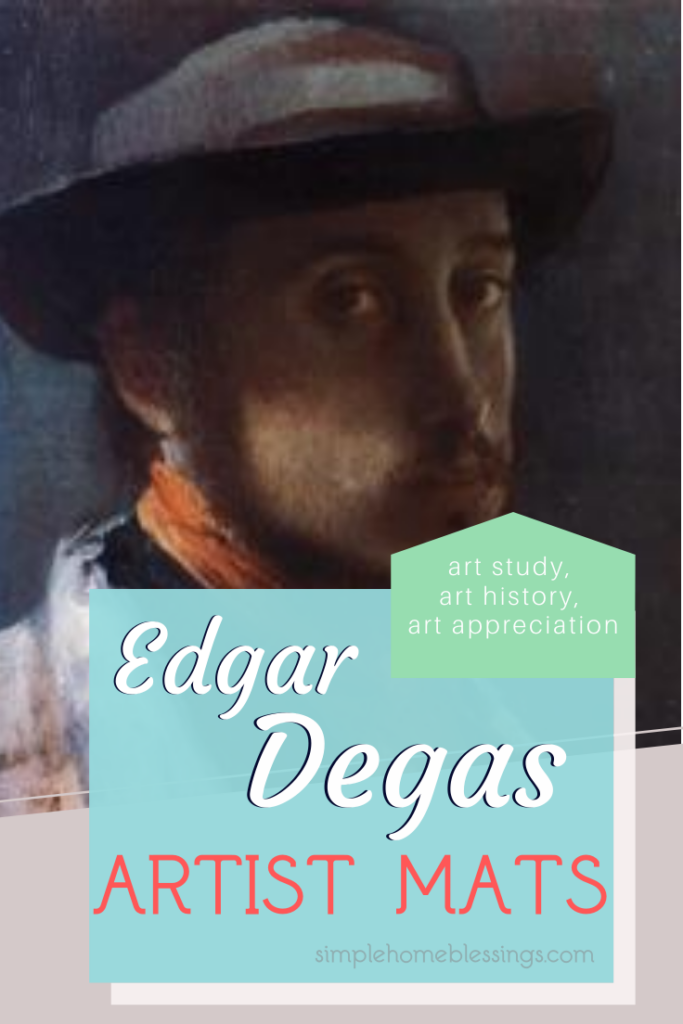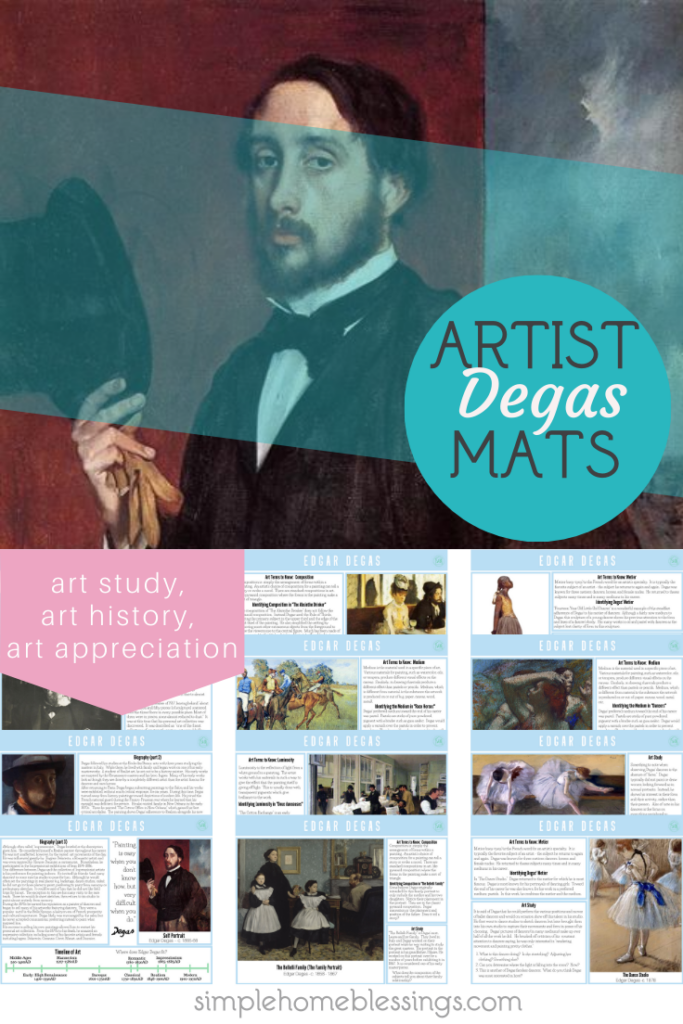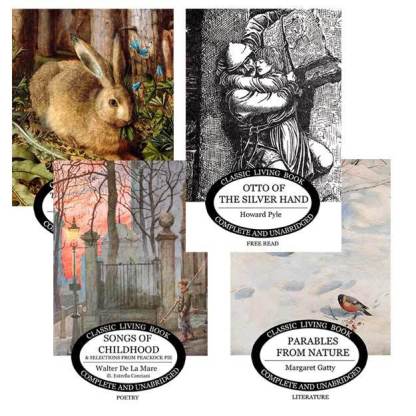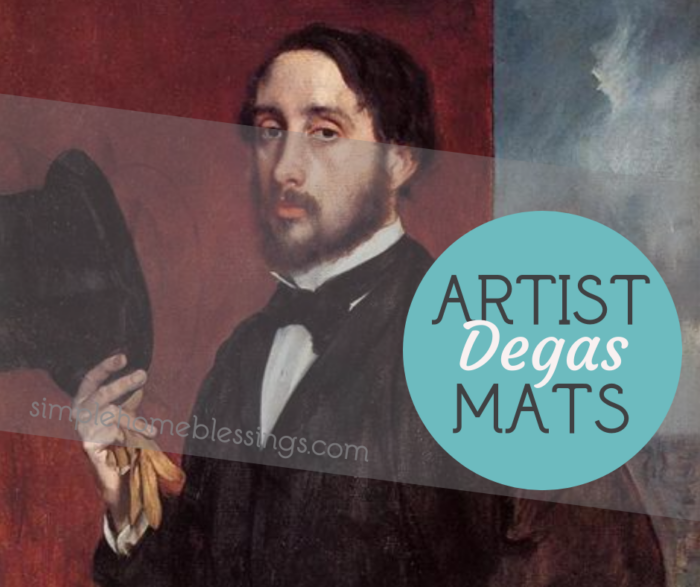
You know that thing where you are learning about a topic independently and you get so excited about a bit of trivia, you just can’t wait to share it with someone? And then their response…falls flat?
It is not that they aren’t interested (necessarily), it’s that they lack the proper context. It is impossible to express to the person sitting opposite you at a table, just how fascinating some odd fact about an obscure artist is. Or how it is funny that you never notice little things and then you see them and can’t unsee them and they rock your world.
And that’s the primary reason for learning in community. Discovery is exciting! But discovery amongst peers is exciting and encouraging and engaging. It is just the BEST!
All that to say that I feel so incomplete having studied the artist for this year’s Artist Mats all by my lonesome. I am bursting at the seams to get it in front of others. To have discussions with my kids about what they see, too! To hear back from others within my community who are excited about these artists, too!
If you are just joining in on this little Artist Mats tour, WELCOME! <= (said in similar tone to Cari the Babysitter in the Incredibles when she answers the door after babysitting Jack Jack) I am in the midst of a series of posts about the Artists chosen for deeper study in Classical Conversations Cycle 2. To go with each of the artists, I have created sets of 8 Artist Mats with all sorts of good stuff on them. You can find more information about the mats at the bottom of this post or by clicking the links here.
The six artists are:
- Rembrandt van Rijn
- Thomas Gainsborough
- Edgar Degas
- Claude Monet
- Berthe Morisot, and
- Vincent van Gogh
Edgar Degas
The artist for week 15 of Cycle 3 was the most difficult for me to do a deep dive on. It is not that he is obscure or esoteric. I think it was that I didn’t get him. His work is extremely varied. If you look at some of his most famous paintings and then start to look a little deeper, it can feel like you looked up the wrong artist.
So, if that is you, too, when you study Degas: you are not alone.
My Take on Degas
He is unique in his era as to what I am choosing to call his synthesis. I didn’t see this anywhere, so take this all with a grain of history-flavored salt. He was not unique in his reverence for the old masters of the Renaissance. He studied them for years. As a copyist at the Louvre, he had access to some of the most important works available to the public at the time. He spent half of his lifetime in copying the works of others, mining their masterpieces for techniques he could apply to his own. He also spent time in Italy with the masterworks there.
If you are classically minded in your approach to education, this would be similar to the grammar stage. He took apart all the pieces that go into art and identified them, internalized them, and impressed them into his artist’s brain.
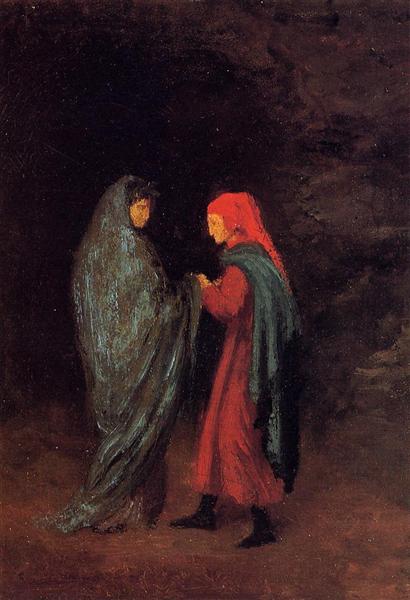
Then he began to work with his materials in the creation stage. But he was always learning, always gathering inspiration from those he respected. He identified three artists that shone as the brightest the stars of his French art sky: Ingres, Delacroix, and Daumier. From them he took inspiration from the great art movements of the 19th century: NeoClassicism, Romanticism, and Caricature. Never fully adopting the style of any of these approaches, he took from each of them what appealed to him and applied them to his work.
I sort of think of this as the next stage in Classical education, dialectic. He is taking in the information and sorting it, pulling at the threads, and beginning to create his own unique style.
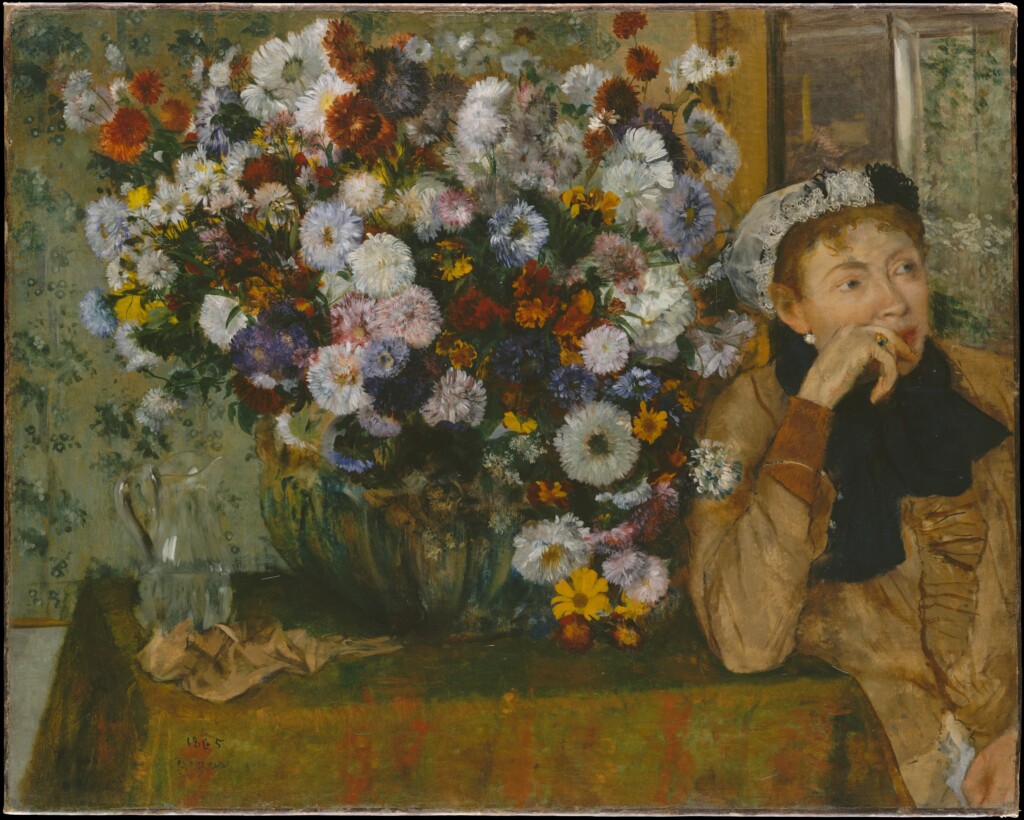
I believe Degas truly came into his own when he discovered his metier and preferred medium. It is no coincidence that his most famous works are within his wheelhouse, where his creativity (and his interest) was at its peak. There is a reason we love to look at Degas’ dancers. He had fully synthesized all the information, practiced, and now was able to beautifully express all that was art to him.
If we are going to continue the Classical model parallel, I can’t imagine a more apt expression of the rhetoric stage of learning than this:
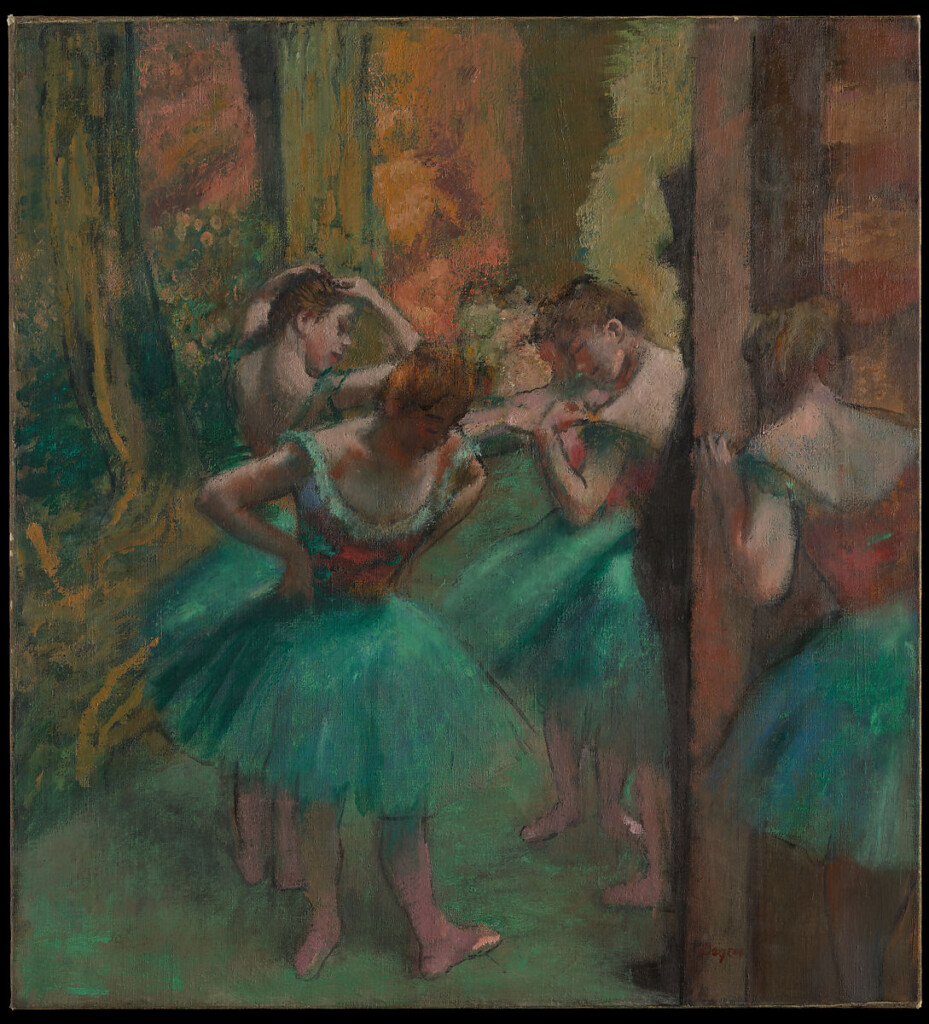
Please excuse my simple observations about Degas. I am not an artist, not an art historian, nor an art critic. I just did some research and developed a affection for an artist who developed in ways that are astounding. Simply breathtaking.
Experiencing Degas
As I said, I am decidedly not an artist. But there is something residing deep within me that thinks I could be when I study Degas works. After all he developed his talent by observation, imitation, and then creation.
If you get the Degas Artist Mats and you get the inspiration to try your hand at this, here’s where I am starting:
I am starting with composition, specifically the composition of “The Absinthe Drinker.” I am going to sit down and try to recreate the simple forms and shapes of the painting. (if you have tried blob mapping, it is a similar idea). Then I am going to work my way through the painting as a copyist.
Will my results look anything like Degas? Goodness! NO! But I get butterflies in my stomach just thinking about learning from a master! Want to try it with me?
Artist Mats
As I mentioned above, I have been creating Artist Mats to help others experience the beauty of the artists in Classical Conversations Cycle 2. They were initially created for use in community, but they are also perfect for unit study in your homeschool. Details about the Artist Mats are as follows:
Each Artist Mat includes:
- an extended biography of the artist
- a timeline
- portraits of the artists
- quotes from the artists
- eight selections from the artist’s catalogue
- four “Art Terms to Know”, and
- art study questions
Currently I have plans to make 6 sets of Artist Mats this year. You can get them as they become available in my shop.
If you have more questions about the Artist Mats, you can find a sort of FAQ at the bottom of this post.
